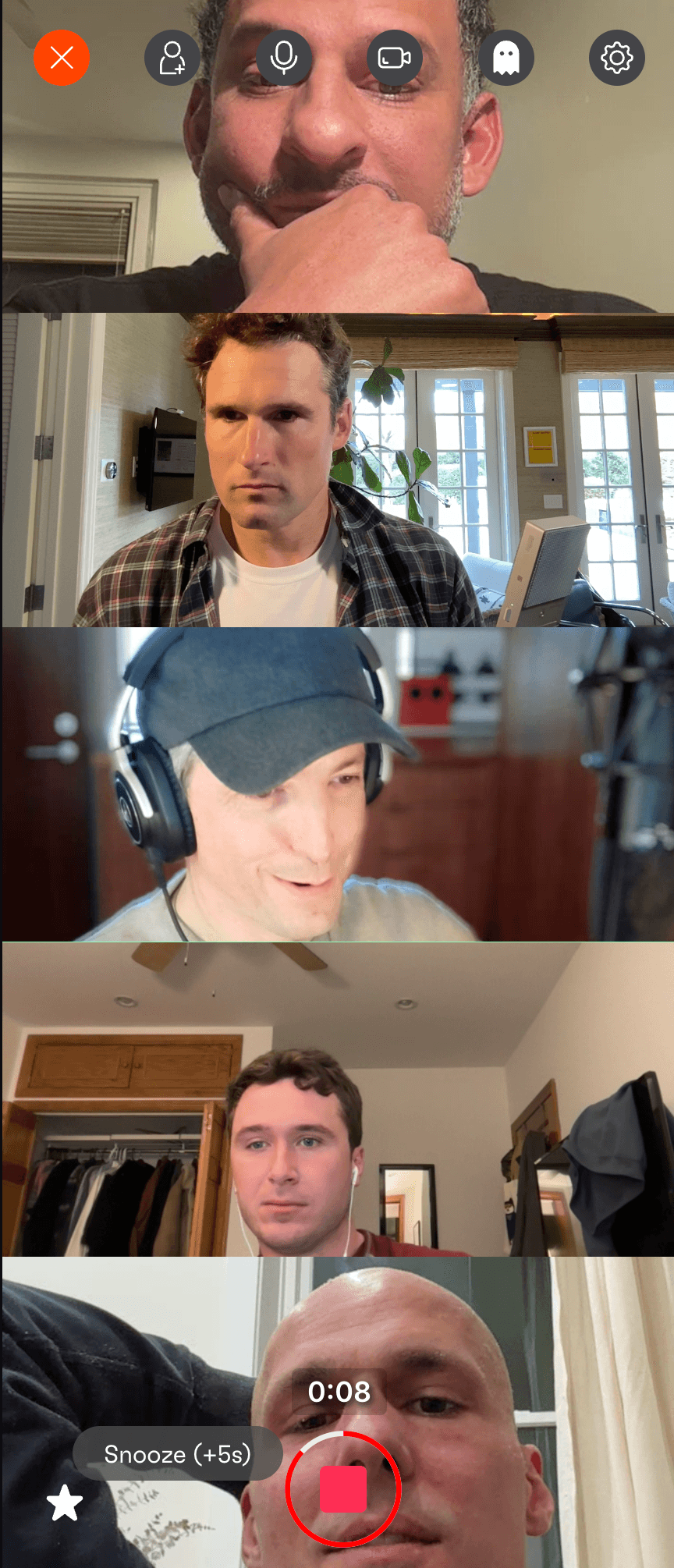Will Cardano Survive? Exploring Its Future

Will Cardano Survive? Exploring Its Future Landscape
In the ever-evolving world of cryptocurrency, certain projects have managed to capture attention not only for their innovative approaches but also for the promise they hold for the future. Among such projects, Cardano stands out, often cited as a pioneer in blockchain technology. However, an essential question on the minds of investors, developers, and enthusiasts alike is: Will Cardano survive in the long term?
Understanding Cardano's Foundation
Cardano, launched in 2017 by Charles Hoskinson, one of the original co-founders of Ethereum, was designed to be an all-encompassing decentralized platform with the potential to scale seamlessly, enhance sustainability, and ensure interoperability between blockchains. Unlike its predecessors, Cardano took a rather academic approach to development, emphasizing peer-reviewed research and evidence-based methodologies.
The Technology At Its Core
Cardano operates on a unique proof-of-stake (PoS) consensus mechanism called Ouroboros. Unlike Bitcoin's energy-intensive proof-of-work (PoW), Ouroboros is designed to be more sustainable and energy-efficient. Its layered architecture separates the ledger of account values from the reason why values are moved from one account to the other. This feature is intended to support smart contracts like those in Ethereum but with enhanced speed and efficiency.
The introduction of the Alonzo upgrade marked Cardano’s foray into smart contracts, embracing the DeFi boom by allowing developers to build decentralized applications (dApps) on its platform. However, despite these technological leaps, questions linger about Cardano's competitive edge, particularly when pitted against established players like Ethereum and newer, fast-emerging blockchain technologies.
Evaluating Cardano's Ecosystem and Adoption
To gauge Cardano’s survival probability, its ecosystem and the breadth of its adoption provide considerable insight.
Ecosystem Development
Much of Cardano's future hinges on how well its ecosystem attracts developers and users. The platform has been rolling out a suite of development tools and a structurally sound environment to foster innovation. The Cardano Foundation, alongside Emurgo and IOHK, works tirelessly to support new projects and incentivize them to build on Cardano.
Community and Partnerships
Cardano has cultivated a robust global community, essential for any blockchain platform's growth. Its community is not just engaged but actively participates in governance decisions, a factor that can significantly influence its trajectory. Additionally, strategic partnerships, such as those focusing on real-world applications in Africa, aim to address systemic issues like banking and identity by leveraging Cardano’s technology.
Market Dynamics: Opportunities and Threats
Opportunities
With an increased focus on sustainability and interoperability, Cardano is strongly positioned to capitalize on the growing demand for greener technologies and seamless cross-chain operations. Its structured governance model and focus on global, particularly underserved markets, form the crux of its unique value proposition.
Threats
However, the crypto market is notoriously volatile and fraught with risk. The rapidly evolving space introduces constant competition, with projects that can iterate faster or secure initial traction posing significant threats. Regulatory scrutiny is another looming challenge, especially as governments worldwide intensify their focus on digital assets and related technologies.
Will Cardano Survive?
The likelihood of Cardano’s survival in the crypto market ultimately rests on its ability to adapt and evolve in response to technological advancements and market demands. While Cardano’s pioneering spirit, marked by a scientific approach and robust community engagement, gives it a solid foundation, the decisive factor will be its capacity for continual innovation and practical deployment of its technologies.
The broad market potential, combined with strategic partnerships and a distinctive development philosophy, positions Cardano as a unique contender. Investors and developers must weigh the assurances of sustainability and scalability against the practical challenges of adoption and market penetration.
Cardano, with its nuanced approach to innovating blockchain technology, stands at a critical juncture. As the crypto space grows more competitive, the project's ability to break new ground while solidifying its existing contributions will ultimately dictate whether it thrives or merely survives.
Want to get cryptocurrency instantly?
Latest articles
See more

















